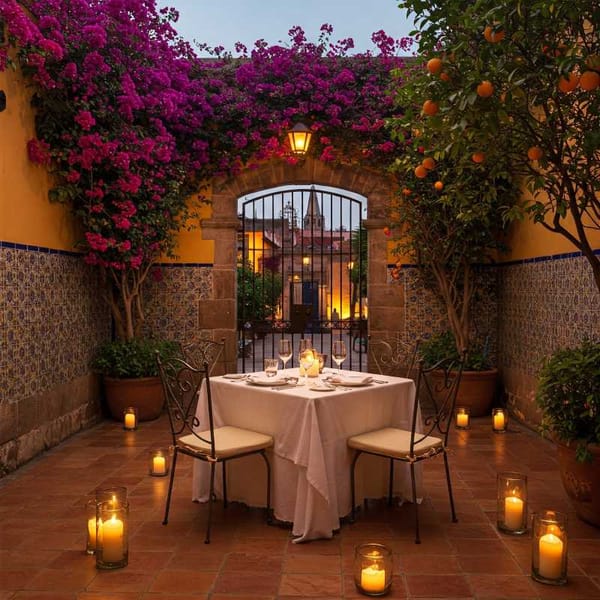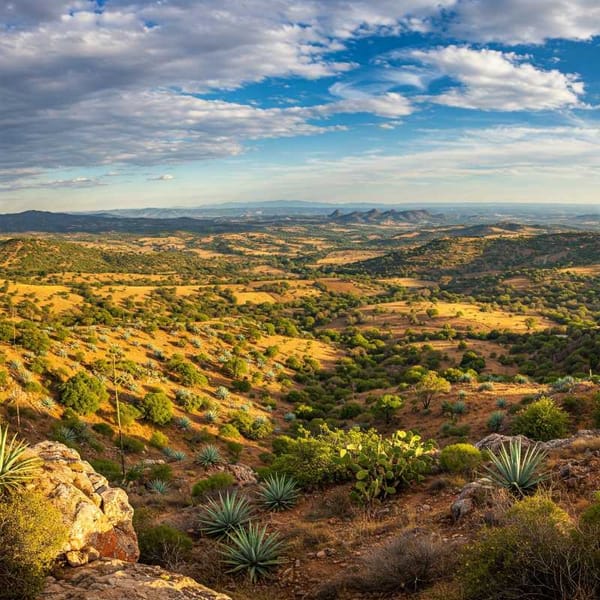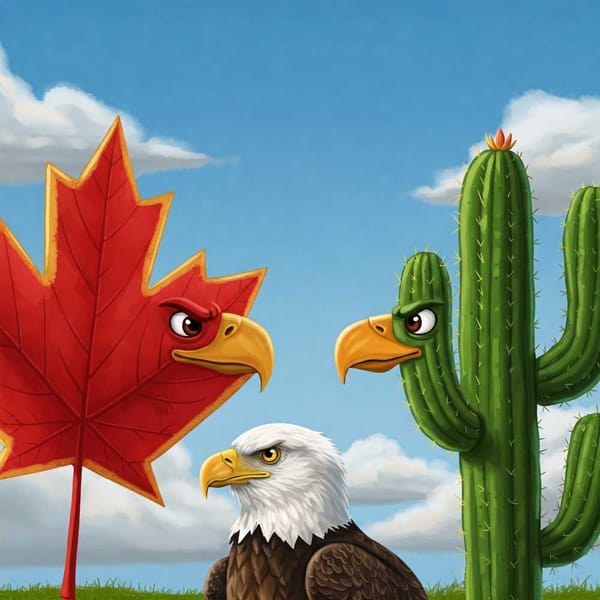Los Cabos, the favorite place of Hollywood stars that hides a most violent city
Los Cabos led the ranking of the most violent cities in the world while simultaneously being the favorite place of Hollywood stars.

Los Cabos led the ranking of the most violent cities in the world while simultaneously being the favorite place of Hollywood stars.


Mexico's dating scene varies wildly. Tijuana's transient, costly; Juárez is hard-working, romance-poor. Aguascalientes? Boring and insular. Ecatepec's chaotic and risky. Small towns need Spanish skills. It's a minefield, but cities like Guadalajara offer hope.

Mexicanist's take on Mexican dating: Mexico City's chaotic dating grid, Guadalajara's surprisingly pleasant scene, and Riviera Maya's fleeting holiday romances. Verdict? Mexico's "not entirely rubbish" for finding love. Just maybe. Good luck, you'll need it.

Mexico's 132 "magical towns" offer rich history and culture. Huasca de Ocampo, the first to be recognized, boasts unique basaltic prisms. These towns drive tourism and economic growth, notably in Hidalgo state.

Trump's proposed 25% tariffs on Mexico and Canada could devastate North American trade, potentially increasing household costs by $4,300, disrupting integrated supply chains, and threatening the USMCA's economic stability with far-reaching consequences.